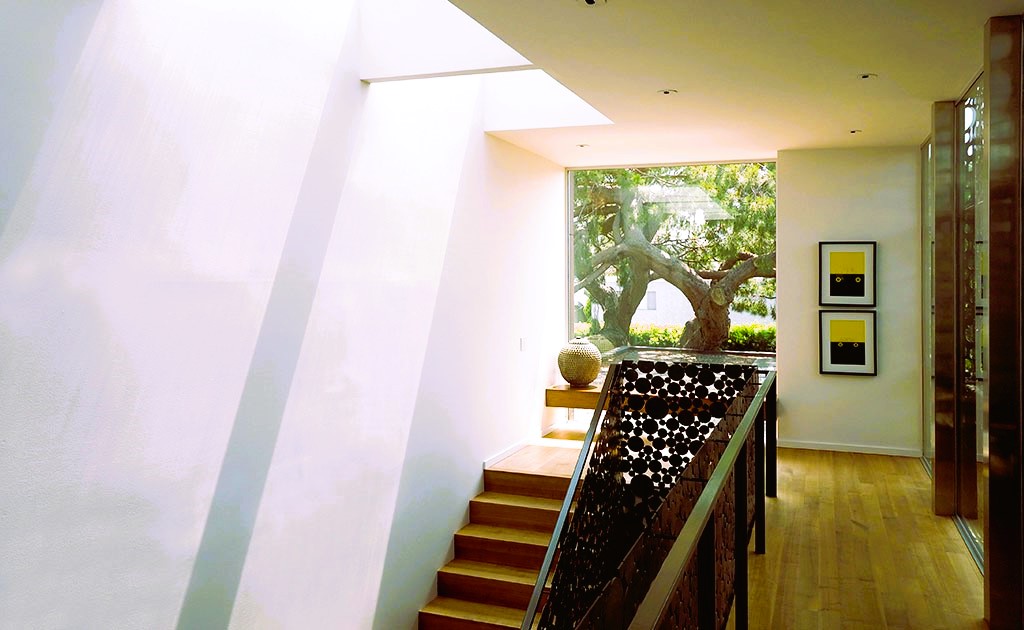
In architecture and interior design, the use of natural light can have a significant impact on the overall aesthetics and functionality of a space. Proper window placement plays a crucial role in maximizing the amount of natural light that enters a building. This article explores various window placement strategies for Richmond residences, considering the city’s climate, building orientation, and design principles.
Understanding Richmond’s Climate
Before diving into window placement strategies, it’s essential to understand Richmond’s climate. Richmond, located in the southeastern region of the United States, experiences a humid subtropical climate characterized by hot and humid summers and mild winters. The city receives a significant amount of sunlight throughout the year, making it an ideal candidate for harnessing natural light.
Strategies for Window Placement
- Orientation and Positioning: The orientation and positioning of windows play a vital role in capturing natural light. In Richmond, where the summers can be hot, it’s beneficial to prioritize windows on the north and south sides of the building. North-facing windows provide consistent, soft, and diffused light, while south-facing windows capture ample sunlight. East and west-facing windows should be minimized to reduce heat gain from the morning and afternoon sun.
- Window Size and Shape: The size and shape of windows affect the amount and quality of natural light entering a space. Larger windows allow more light to penetrate and create a sense of openness. Floor-to-ceiling windows or expansive window walls are excellent options for maximizing natural light in Richmond residences. Consider incorporating windows with a high glass-to-frame ratio to increase the surface area for light to enter.
- Clerestory Windows: Clerestory windows are placed high on the walls, allowing light to enter from above. This design strategy is particularly effective in spaces where privacy is a concern, such as bathrooms or bedrooms. Clerestory windows provide a source of natural light without compromising privacy, creating a tranquil and well-lit environment. Securing Your Richmond Home: Essential Steps for Peace of Mind.
- Skylights: For rooms or areas with limited exterior wall space, skylights offer an excellent solution to introduce natural light. They bring light from above and can be strategically positioned to capture sunlight throughout the day. Skylights can be especially effective in rooms where privacy is essential or in spaces where traditional windows are not feasible.

- Light Shelf: A light shelf is a horizontal element placed above eye level inside a room, designed to bounce natural light deeper into the space. It acts as a reflective surface, redirecting sunlight further into the room and reducing the need for artificial lighting. Incorporating light shelves in rooms with windows can significantly enhance the natural lighting experience.
- Exterior Shading Devices: To mitigate excessive heat gain during Richmond’s hot summers, exterior shading devices such as overhangs, louvers, or awnings can be used. These devices block direct sunlight from entering the building while still allowing diffused light to pass through. Careful consideration should be given to their design and positioning to optimize natural light while minimizing heat gain.
- Interior Design Considerations: Interior design elements can further enhance the distribution and impact of natural light. Light-colored walls, ceilings, and floors help reflect and distribute light, creating a brighter and more inviting space. The use of mirrors strategically placed near windows can also amplify the effect of natural light, making a room feel more spacious and vibrant.
Conclusion
Maximizing natural light through thoughtful window placement strategies is crucial in creating well-lit and comfortable living spaces in Richmond residences. By considering factors such as orientation, window size and shape, clerestory windows, skylights, light shelves, exterior shading devices, and interior design considerations, residents can enjoy an abundance of natural light throughout the year. Harnessing the power of natural light not only enhances the visual appeal of a space but also promotes well-being and energy efficiency.
